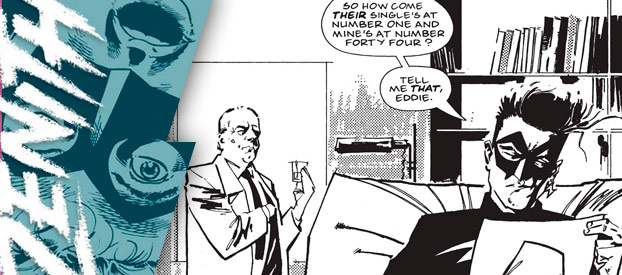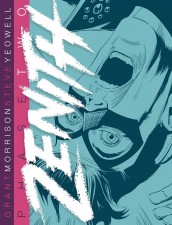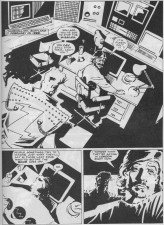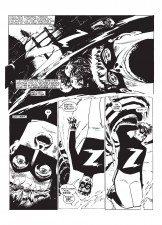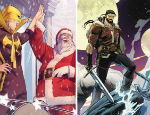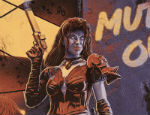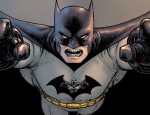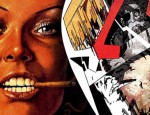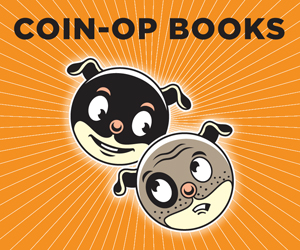Happy new year to all and welcome back to Crossing Borders, with more Euro-comics and interviews with creators than ever this year! So let’s dive right into the thick of things, with something old for the new year.
After saving the world from the German Übermensch in Zenith – Phase One, the superhuman popstar tackles a nuclear threat against London by a multimedia tycoon, as Grant Morrison critiques modern superhero comics, tackling both Watchmen and the ‘grim and gritty’ trend prevalent in comics at the time (1988).
After being unavailable for more than 20 years, the adventures of 2000 AD’s first superhero continue in hardback with Zenith – Phase Two, with the eponymous ‘hero’ as determined as ever to meet the world’s materialism with his own brand of superficiality and self-indulgence in this satirical approach to the 1980s.
This time around, Zenith meets superheroine clones to mate with, provided by a media tycoon intent on world domination who targets London as his first strike, to make his intentions clear.
However, Peter St John and the unexpected reappearance of Ruby force the superbrat to take off and tackle the threat. And that’s not even counting the mysterious Doctor Peyne, who is somehow tied into Zenith’s past.
Writer Grant Morrison keeps up appearances as he once more posits Zenith as the antidote for the grim and gritty phase of superhero storytelling. Breezy pacing and out-of-the-box story ideas (especially for the 1980s) once more fill the pages, while Steve Yeowell delineates it all with verve and realistic artwork; St John’s psychic fever dream of the end of the world especially stands out in terms of mood and negative spacing.
Spearheading and ending this volume are puzzle pieces of the threat to come in Phase Three, promising some true head-crackers with the inclusion of alternate dimensions, Buddhist superheroes, superheroic sentient mini-universes, punk superpowers and much more.
On a first reading, it’s easy to overlook all the minutiae of Zenith, as it comes across as a rather straightforward superhero fiction with some disparate elements. However, given proper context in its time frame, coupled with Yeowell’s classic timeless art, Zenith really stands out as an example of fun superhero fiction, deliciously free from brooding and tortured heroes.
Phase Two is also the part where Morrison gets a bit too obvious in his meta-commentary on Watchmen. Having never exactly been a big fan of this Alan Moore classic, he takes his potshots where he can: a media tycoon wanting to ‘rescue’ the world through violence is a rather obvious reference to Watchmen, along with the Egyptian poems and chapter title references. The solution to media mogul Scott Wallace’s violent intentions proposed by Zenith is as anti-Watchmen as you can get.
It’s just as well then that you do not need to have read Watchmen to enjoy this extremely fun series, which still feels topical despite some period trappings. My conclusion: bring on Zenith – Phase Three, for the ultimate inter-dimensional battle featuring the best superhero who couldn’t care less!
If you want to delve even deeper into the world of Zenith, we’ve republished essays on Phase One and Phase Two by Tom Whiteley (Suggested for Mature Readers). Enjoy!
Zenith – Phase Two by Grant Morrison and Steve Yeowell is published by 2000 AD / Simon and Schuster. It is a black-and-white hardcover counting 112 pages and retails for £20 or $25.





